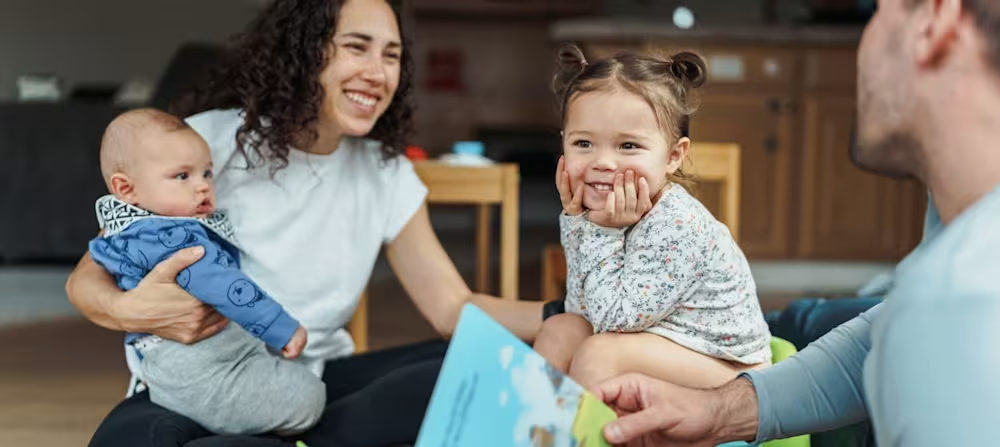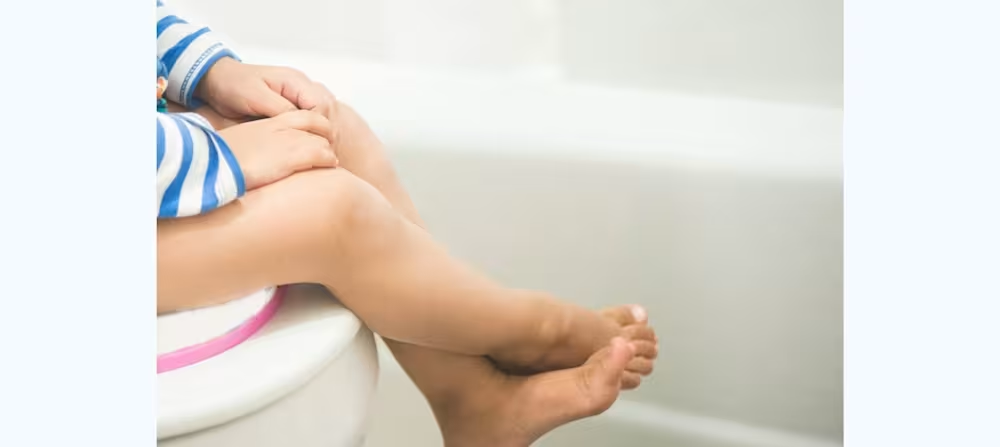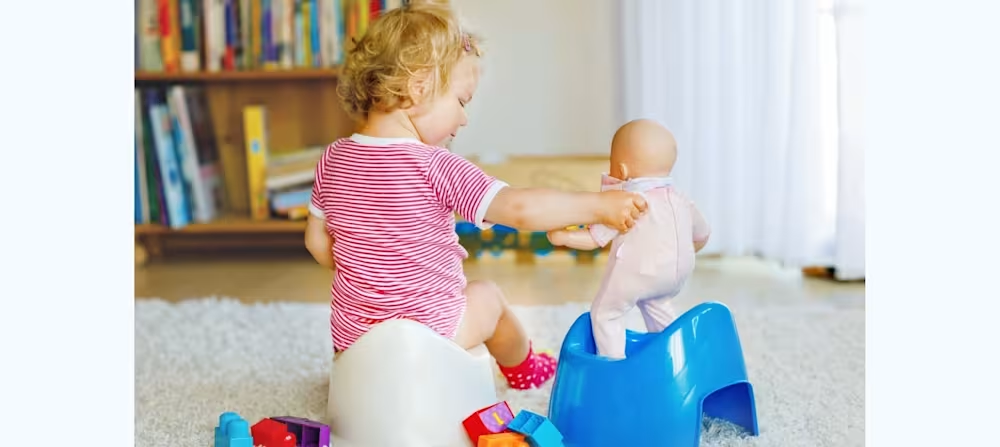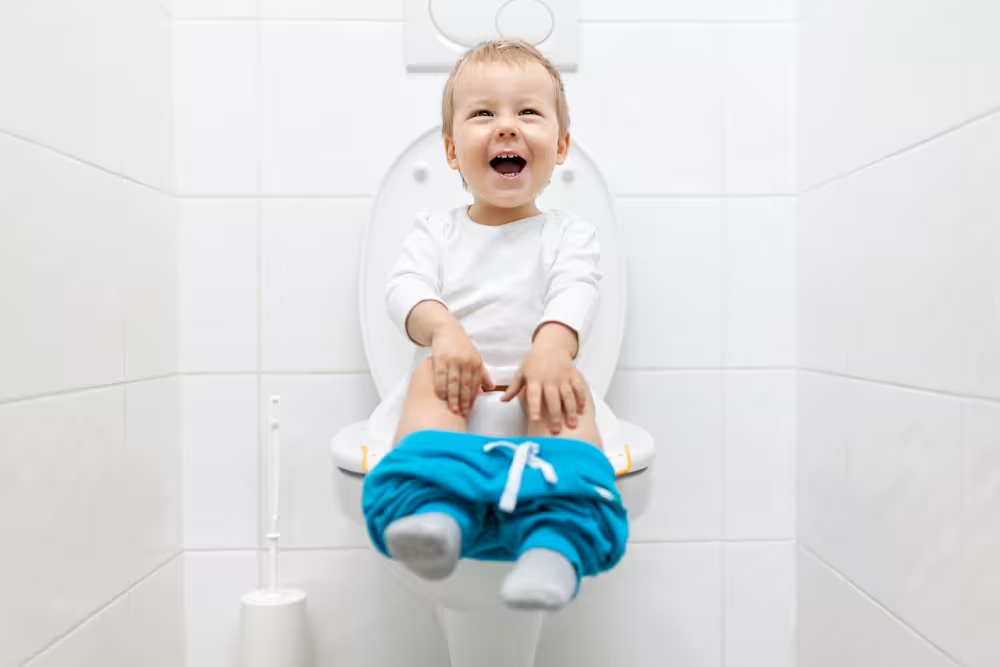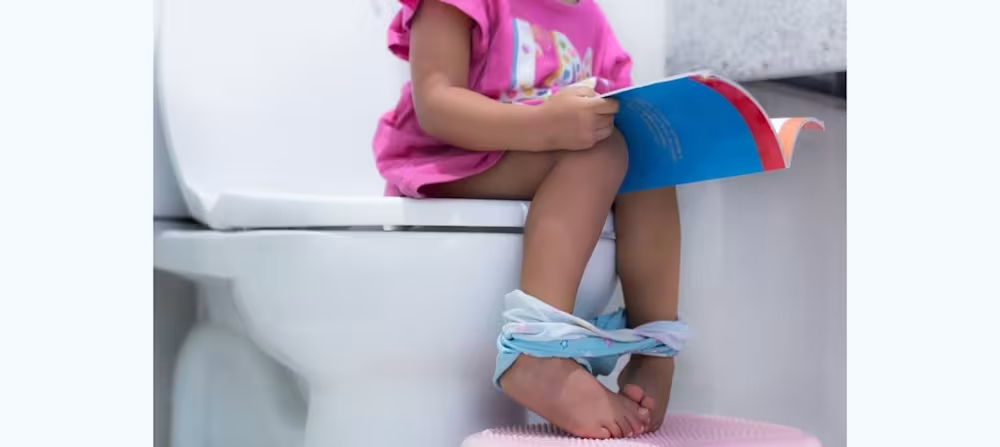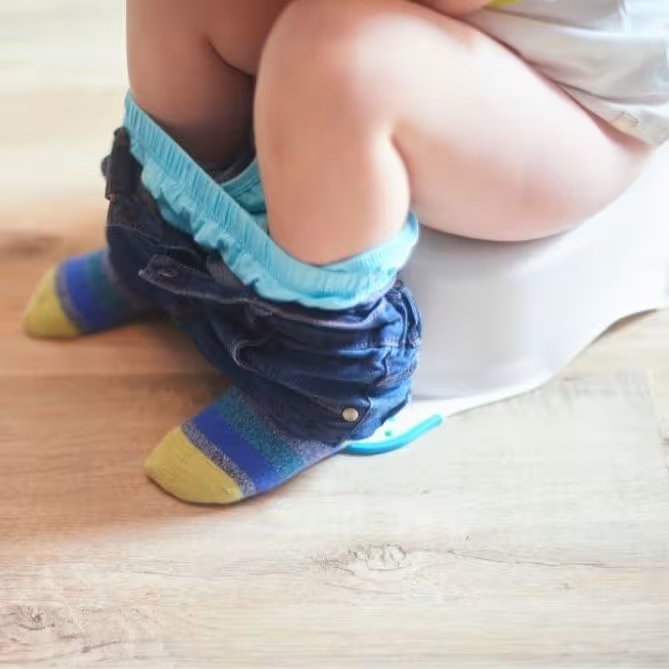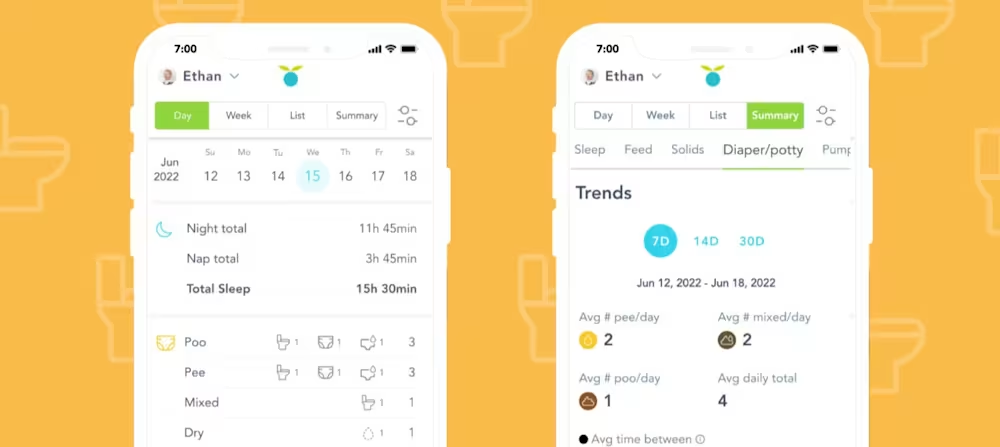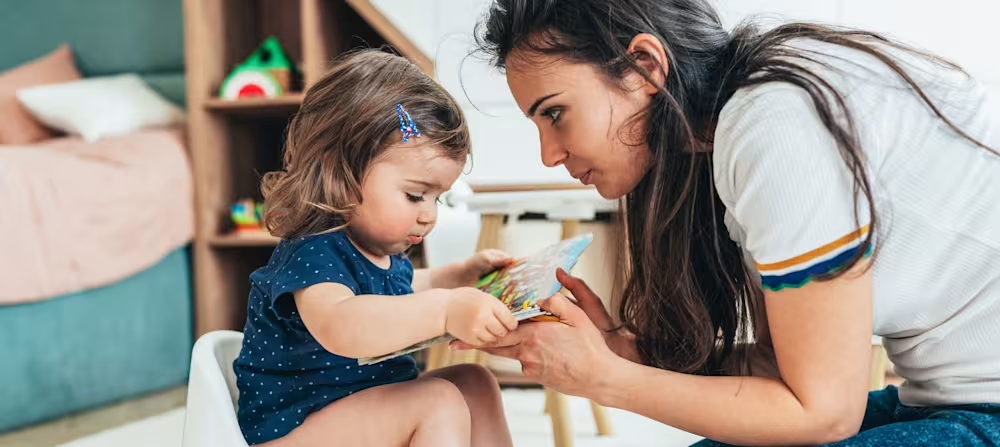How to gradually potty train your child
Updated Oct 17, 2025

If you’re reading this, it’s obvious that potty training is on the brain! Whether your little one’s friends are starting to potty train, your child’s school requires them to be out of diapers, or you’re just flat-out tired of changing dirty diapers for what probably seems like an eternity, you’re here and we’re glad that you are! You’ve entered the supporting parenting side of the Internet and it’ll only get better from here.
Needless to say, there are heaps of contradicting parenting methods, styles, and steps to follow all over the web. is no different. When you type, “How to potty train my child” into your search bar, you’ll likely find hundreds of different sources telling you different things (some reliable, some probably not so much). So where do you begin? Our best advice is to take note of your family’s lifestyle, your child’s unique personality, and your parenting style. Ultimately, the end goal for each potty training method is the same - to successfully have your child peeing and pooping independently on the toilet without the need for diapers or Pull-Ups.
Different children will respond differently to various potty training methods. After noting your family’s specific needs, you can move on to choosing a method. If your goal is to get through this process in the shortest and fastest amount of time possible, a 3-day, or boot camp-type method may be more your speed. However, if you are happy to go at your child’s pace and follow their lead as opposed to diving in and getting rid of all the diapers at one time, the gradual potty training method may be the perfect fit for your toddler and you!
In this article, we’re going to dive into the nitty, gritty details about how to help with a more gradual method.
Pros and cons of gradual potty training
The gradual potty training method offers flexibility and lower expectations, but for certain personality types, it can add confusion and a bit of chaos into the mix. It truly comes down to your child’s needs and which learning style they thrive in.
According to the American Academy of Pediatrics (AAP) [], children begin showing readiness signs between 18 months and 2.5 years old. With the gradual potty training method, children often begin and end this milestone on the older side of that age range, as some children don’t always show an active and engaged interest in potty training early on.
Pros of gradual potty training
The caregiver doesn’t have to be hyper-focused on the child’s potty training process
Because this method encourages the child to go at their own pace, they are driven by their own motivation. This allows the parent or caregiver to be more hands-off and follow their child’s lead instead of pushing them toward the finish line with a set deadline in place.
Promotes autonomy
The gradual method promotes independence by allowing the child to progress through the potty training steps when they are interested in doing so.
Low expectations = lower stress
When potty training with the gradual method, you’ll have fairly low expectations. Some weeks you may feel like you see lots of progress, while others seem stagnant or even regressive. Since you are spacing out the learning over a longer period, the setbacks or lack of progress are less likely to induce stress.
Fewer power struggles
Because you aren’t forcing your child into changes that are outside of their comfort zone, you are much less likely to encounter power struggles. Many children push back during potty training because they feel as though too much is changing too quickly, which leads to resistance. When you notice resistance during the gradual potty training method, you have the flexibility to take your foot off the gas a bit.
Cons of gradual potty training
Confusion due to lack of consistency
The gradual potty training method is great in that it allows your child to set the pace for the process. However, many toddlers prefer to have clear boundaries and expectations laid out for them. Potty training in a gradual way tends to eliminate the consistency and structure that some personality types crave. This can lead to confusion and mixed signals about what the little one thinks is expected of them.
Many preschools will not allow students to enroll unless they are 100% potty trained
Many preschools require children to be successfully potty trained. This can make it nearly impossible to use the gradual method for some families, depending on how old your child is and what their academic plans are.
The process can take several months
Since you are working with a tiny human who finds comfort in the familiar and expected, you might find that potty training with the gradual method makes the process unnecessarily long and drawn out. Many children won’t choose to start using the potty over their diapers on their own, therefore, it could be several months of relaxed potty exposure before any real progress is made.
5 tips and tricks to gradually potty train your child
Tip 1: Preparation
Prep work is KEY for successful potty training, no matter what method you use! Potty training doesn’t always have to look like sitting on the toilet. Start introducing the concept slowly by switching out one of your child’s nighttime books with a potty-themed book, putting a potty-themed TV show on instead of their regular shows, and allowing them time to play pretend with their dolls and toys using the potty. Familiarizing your child with the potty before expecting them to use it themselves will go a long way.
Tip 2: Practice diaper-free time
Our little ones are in diapers from moments after we welcome them into the world up to the age of potty training. For many kids, diapers become their comfort zone, their security blanket in a way. When we take away diapers during potty training, it can be a shock to their system! To help break that bond, be sure to offer your child plenty of diaper-free time. In between diaper changes, or after bath time, for example, let them run around totally bottomless for a while.
You can even have a small potty chair easily accessible – if you notice that they may need to go, or if they start to have an accident, you can direct them to the small potty to finish! As your child gets more practice, you can increase the amount of time that they are spending without diapers, thereby encouraging more potty use as time passes.
Of course, your toddler may continue to need diapers while they sleep – may come later on.
Tip 3: Keep it positive
Be sure to acknowledge all of your child’s efforts as they start using the potty more and more in a positive way! Offering praise or even a small reward of some sort for potty success will help your child to see that using the potty is the right thing to do, and motivate them to keep it up. Likewise, don’t make accidents a negative thing. Instead of scolding or shaming your kiddo when an accident happens, address it in a very neutral way. “Oops! You peed on the floor. You’re still learning! You can try again next time.”
Tip 4: One step at a time
The gradual method is beautiful because you aren’t limited by time. Therefore, if your child ever seems to be struggling with one aspect of potty training, you can always work on learning a different step of the process. For example, if your child is resistant to sitting on the potty at first, instead of waiting for that to happen before moving on to something else, have them work on wiping, flushing, or washing their hands. The learning can continue to advance, even if the steps aren’t necessarily happening in the proper order!
Tip 5: Progress not perfection
Throughout this process, it’s important to keep your expectations realistic. Remember that bad days mix in among good days, and progress isn’t always linear. The best thing you can do is to not get discouraged. Try to find any small success and focus on that. Your child is capable of doing hard things, and so are you!
Takeaway
Overall, by opting for the gradual potty training method, you are giving yourself and your child the gift of time. You’ll likely feel more relaxed throughout the process which is going to reflect positively on your child as well. Just because you are working on encouraging your child’s own interests and autonomy, don’t forget that it is perfectly okay to provide them with guidance and a good foundation for learning. It’s possible that your child won’t potty train themselves, even with a gradual approach, but you can still get them to the point of being free and clear of diapers in their own time. As with any potty training method, it is a process, not a one-time event.
Gradual potty training method FAQ
Share article:
Note: The content on this site is for informational purposes only and should not replace medical advice from your doctor, pediatrician, or medical professional. If you have questions or concerns, you should contact a medical professional.
1 Sources
Share article:
